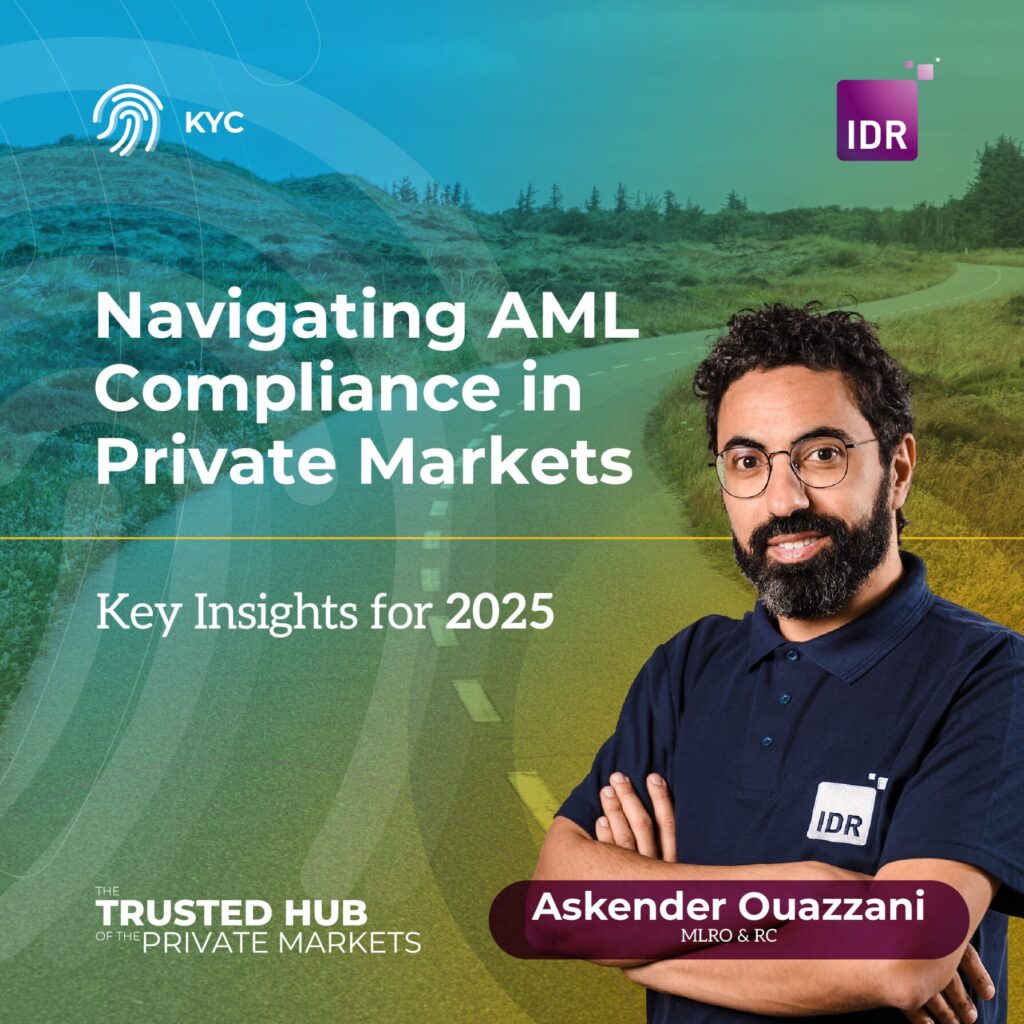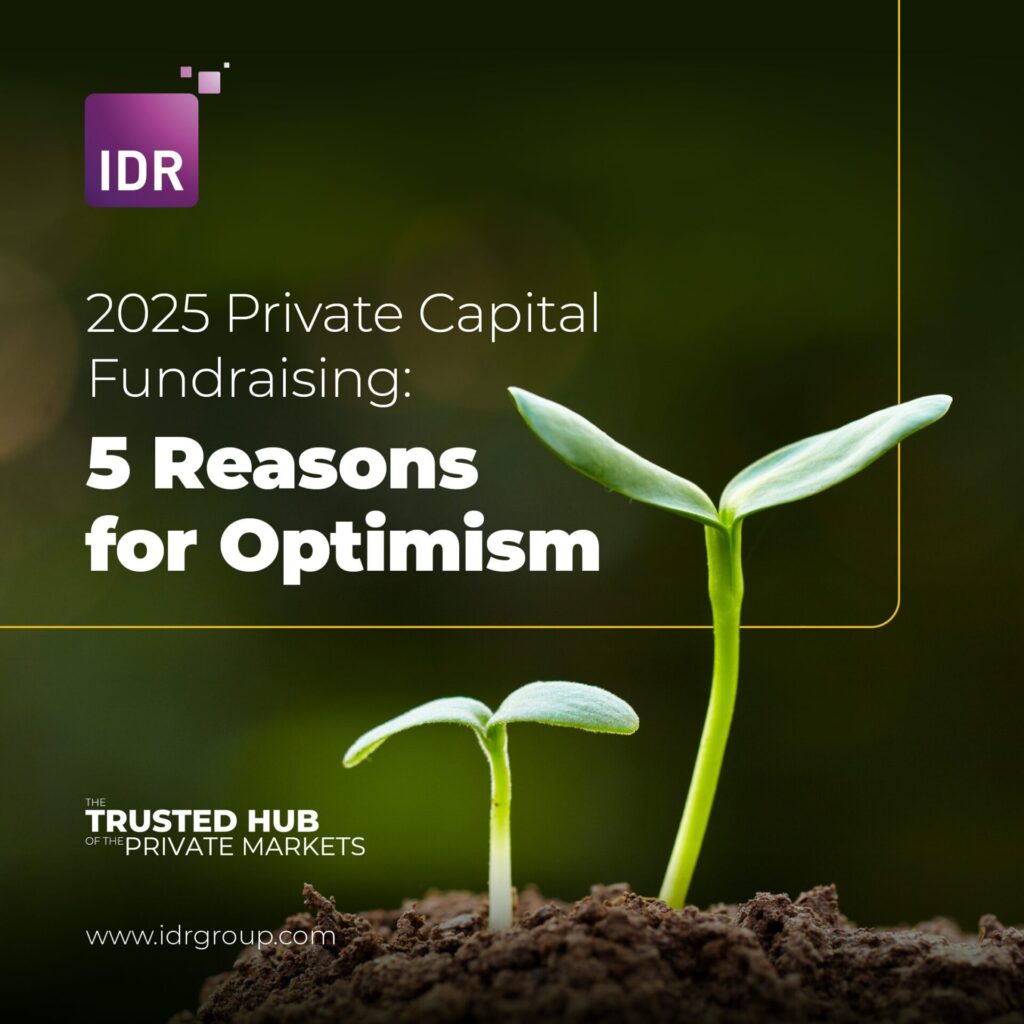IDR and Holland Mountain recently hosted a panel discussion moderated by Tim Andrews – CEO of IDR, with guests Jessica Ferm – Managing Director, Investor Relations at Permira, Jeremy Hocter – Managing Director at Holland Mountain and Jason Green – CTO at IDR exploring how private markets fund managers can deploy technology to deliver a better investor experience.
The private markets today are at an inflection point, where there’s both the need and the incentive for change. This is likely to usher in the next private markets technology revolution faster than any of us expect, leading to paradigm shift in how the private markets operate with the industry coalescing around a set of common standards. Watch the full recording of their insightful discussion or read on for the highlights.
Private markets have grown assets in advance of operational capability
As fund managers have grown and evolved, strategy and product have typically come first, with the technology to support investors often stitched together as an afterthought. With a reliance on outdated methods like spreadsheets and PDFs, and a patchwork of systems and processes, this approach has led to an ‘underwhelming’ investor experience.
In an environment where fundraising was easy, and managers were raising one fund every few years, investor experience was never front of mind. This has now all changed, and firms are now playing catch up, taking a strategic approach to building a technology suite to support investors whilst also navigating how to ‘best invest’ in what’s an evolving landscape.
Fear and opportunity are fuelling an appetite for change
There’s now a real appetite for change, in a more challenging fundraising environment, where investor experience is now a priority. Managers are actively reassessing their investor experience and finding it’s coming up short leading to concerns around competitive disadvantage. The fear of losing institutional investors combined with the opportunity associated with the democratization to private wealth is bringing investor experience, and the technology to support it, to the fore. This is evidenced by the evolution of investor portal products. Historically these were borrowed from M&A and not designed for fund managers or investors; today they’re now very much on the “core systems list”.
The private markets “lack the core components of a market”
The private markets lack the core components of a market and this creates challenges for investors seeking access to the asset class. There is no central place to access private funds, no way to compare performance pre-investment, no standardised approach to transacting or settlement, and no means to compare the value of funds in a portfolio post-investment.
Democratisation creates a compelling incentive to centralise and standardise the asset class, benefiting all investors. Whilst individual and institutional investor requirements differ, what’s common to both is a desire to avoid having complete the same information on multiple portals (regardless of how good they are) and come together around common standards. In the public markets we’ve seen how tech can be applied to revolutionise how people bank and invest, and these expectations are filtering through to the private markets.
Scalability and standardisation
One of the biggest trends noted by the panel is the need for scalability, specifically to “double AUM without doubling operational headcount”. Private markets managers are raising bigger funds, pursuing multiple strategies, perpetually fundraising and building out private wealth offerings. This is not achievable with a lean operational team tied to manual processes. As far as possible processes like investor authentication and reporting need to be automated and achieved at “the push of a button”.
With respect to standardisation, whilst industry initiatives led by ILPA and others are driving progress, achieving a high degree of standardisation will take time. Greater transparency exists today and whilst we wait for the “magic standard” technology, including AI, can help to bridge the gap, enabling managers to provide investors with high quality data and reporting.
The next private markets tech revolution will happen faster than most of us think
The industry is at an inflection point where there’s both the need and the incentive to bring in new technology. The next phase of the private markets technology revolution could therefore happen faster than most of us think. In the next 5-10 the private markets are likely to mirror the evolution of public markets where, with the advent of platforms like Robinhood, investors can easily log-in, invest small amounts and track the value of their investments.
Towards a standardised future
Change is already underway, with innovation on the product front including evergreen, permanent capital and tokenised funds which offer greater access and liquidity to investors. Achieving the potential of these products depends on the industry coalescing around common standards. Improving managers’ individual processes doesn’t fundamentally change the investor experience as investors still have to go through a different system or process for each manager with whom they invest, meaning they gain little in terms of efficiency or comparability. However, through coalescing around common standards, there’s a real opportunity to change the paradigm of private markets investing and deliver a seamless experience for both individual and institutional investors.


